Bird of the Month for February is the Sanderling. Below is Ben Kolstad’s article from the February KITE.
Bird of the Month for February: Sanderling
If last month’s bird (Ruddy Turnstone) was our “rocky” feeder, this month’s (Sanderling, Calidris alba), is our “sandy-shore” bird. It’s also our baseline sandpiper, of medium size, one we can use for reference when separating it from the smaller sandpipers (the “peeps”) in the genus Calidris. (Although separation is often not a problem—if there’s only one small shorebird at the beach when you visit, it’s probably this one.) Paying attention to feeding behavior is one of the quickest ways to ID a distant shorebird, and this bird’s habit of playing high-speed tag with the waves combined with quick pokes at the substrate in search of its small arthropod prey make it instantly identifiable. It doesn’t appear to want to get its belly wet—if it misjudges an incoming wave, it’ll take flight rather than get wet (or bowled over). When it flies, you’ll see a bright stripe standing out in stark contrast to the otherwise dark wings. If you’re close enough to make out any type of color, the combination of pale white underparts (recall the specific epithet, alba, which means “white”) and light gray uppers are also a dead giveaway. Most individuals also carry a characteristic “shoulder smudge” that helps cement the ID. It has dark legs, although they’re frequently just a blur of motion. In size, it’s compact, but chunkier and larger than the “peeps,” (the five smallest members of this genus). It has a dark, straight, stout, almost cylindrical bill, with a slight “bulb” near the tip. In Palm Beach County, sanderlings are common on sandy beaches in all seasons except summer, when they are largely absent.
Come to our February 2 meeting to hear more about this bird.
(Photographer’s please note that next month’s March 2016 Bird will be the Western Sandpiper)
- Sanderling, Boynton Inlet, by Anne Du Pont
- Sanderling, Boynton Inlet, by Anne Du Pont
- Sanderling, Boynton Inlet, by Anne Du Pont
- Sanderling, Boynton Inlet, by Anne Du Pont
- Sanderling by Don Mullaney
- Sanderling Jupiter Inlet by Larry Hess
- Sanderling St Pete Beach by Larry Hess
- Sanderling Jupiter Inlet by Larry Hess
- Sanderling at Daytona Beach Shores by Paul Thomas
- Sanderling Altercation by Susan F Davis. These two were fighting at Matanzas pass..I was lucky enough to get a good series of their turf war…it included an attempt to drown and much feather pulling plus kung fu style kicking They are tough little birds.
- Sanderling Bathing by Susan F Davis
- Sanderling Feeding by Susan F Davis
- Sanderling Preening by Susan F Davis

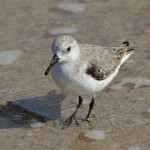
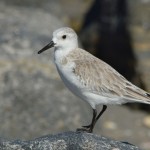
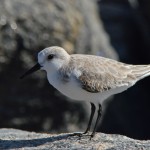
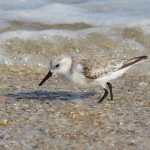
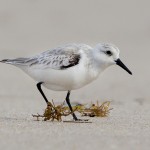
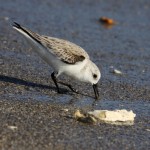
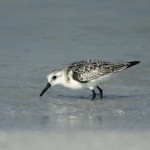
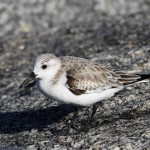
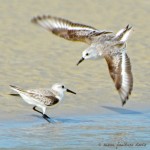
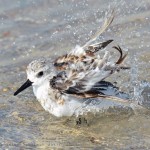
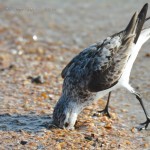
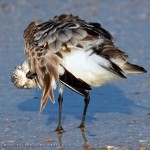
Comments are closed